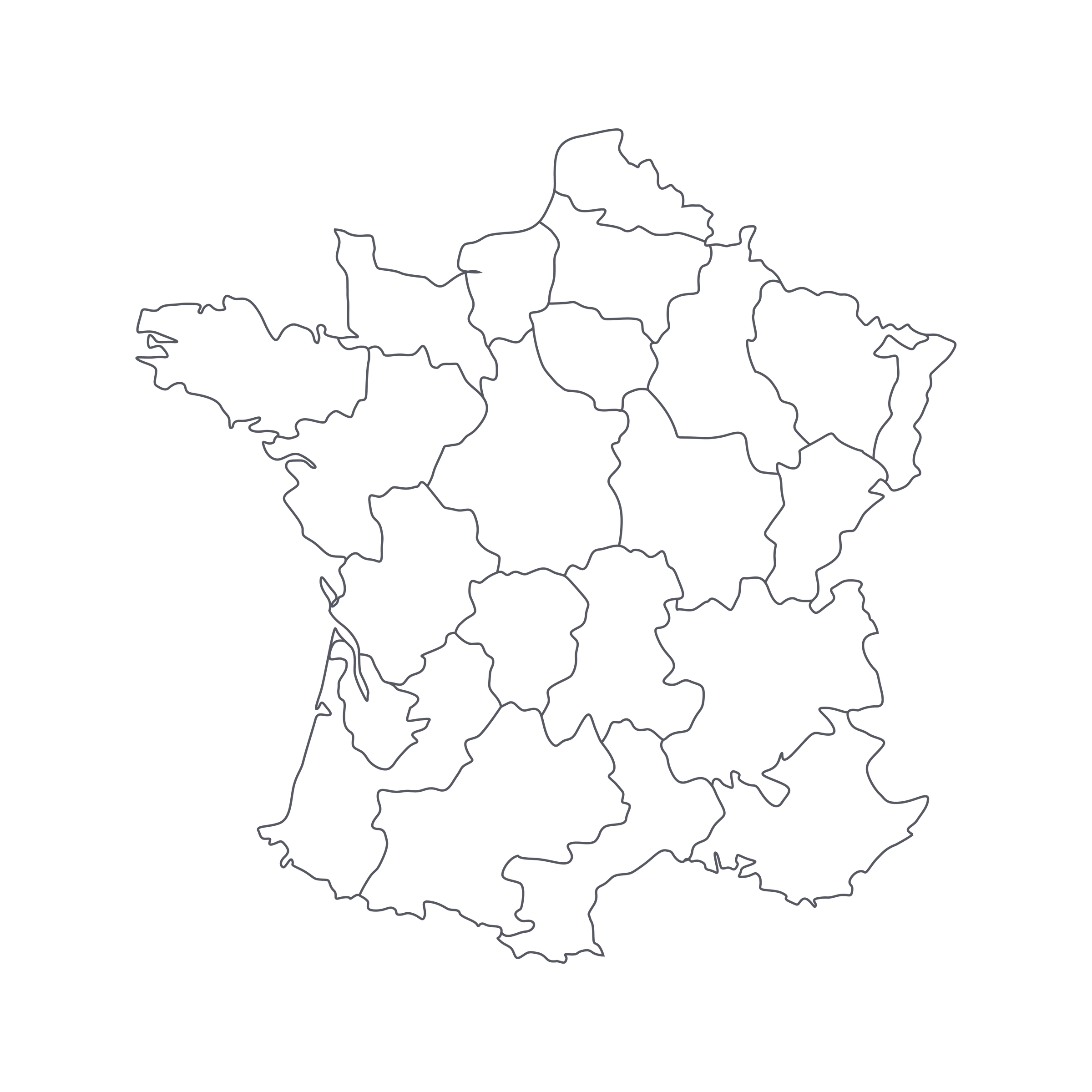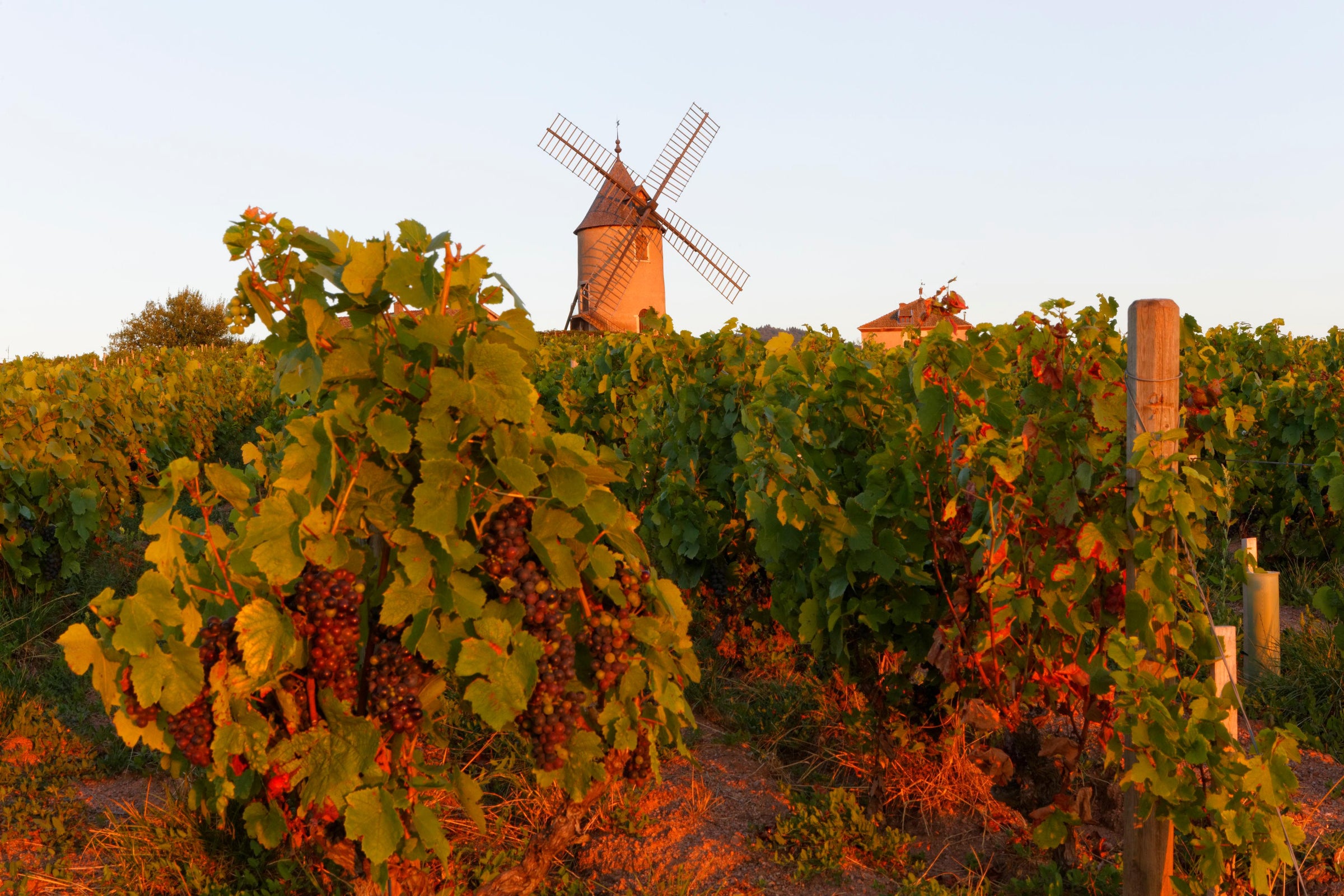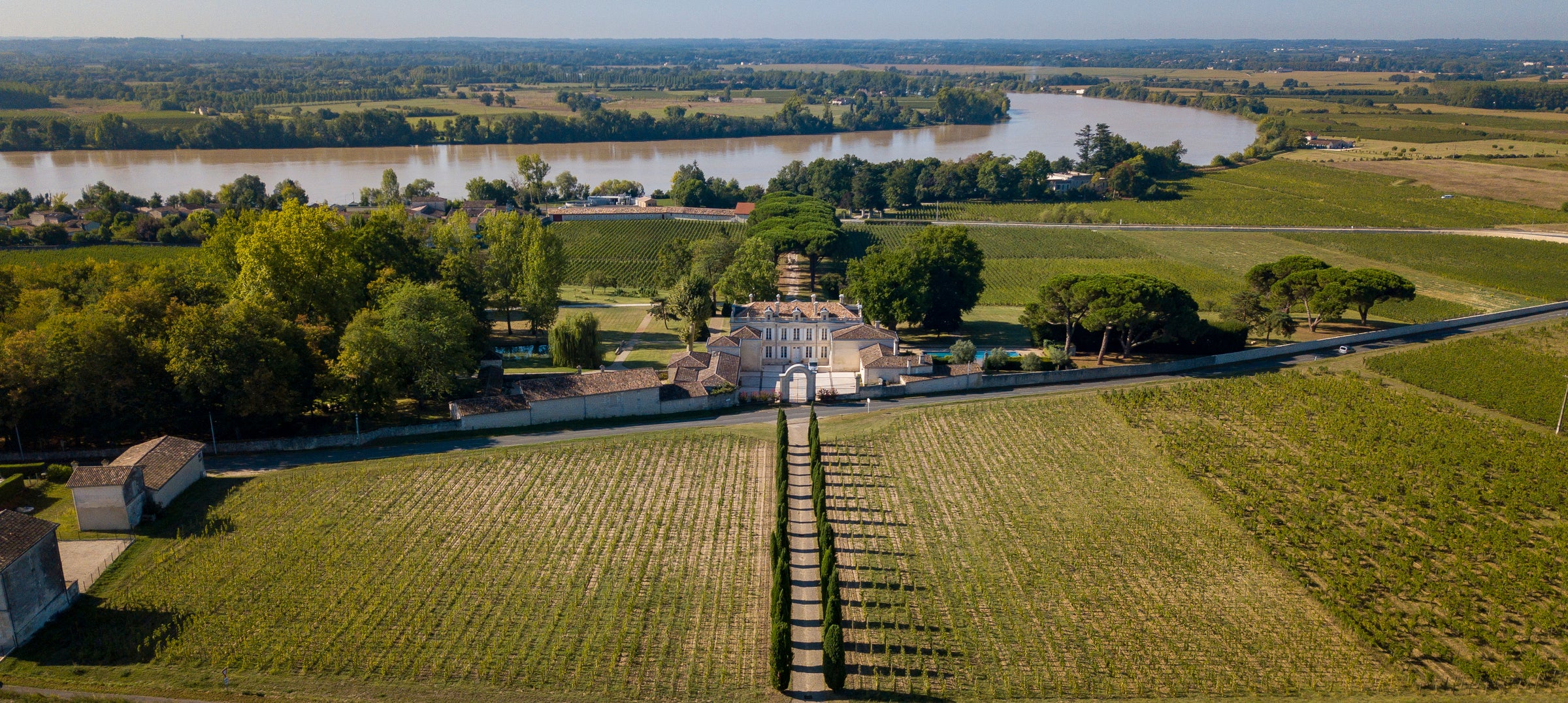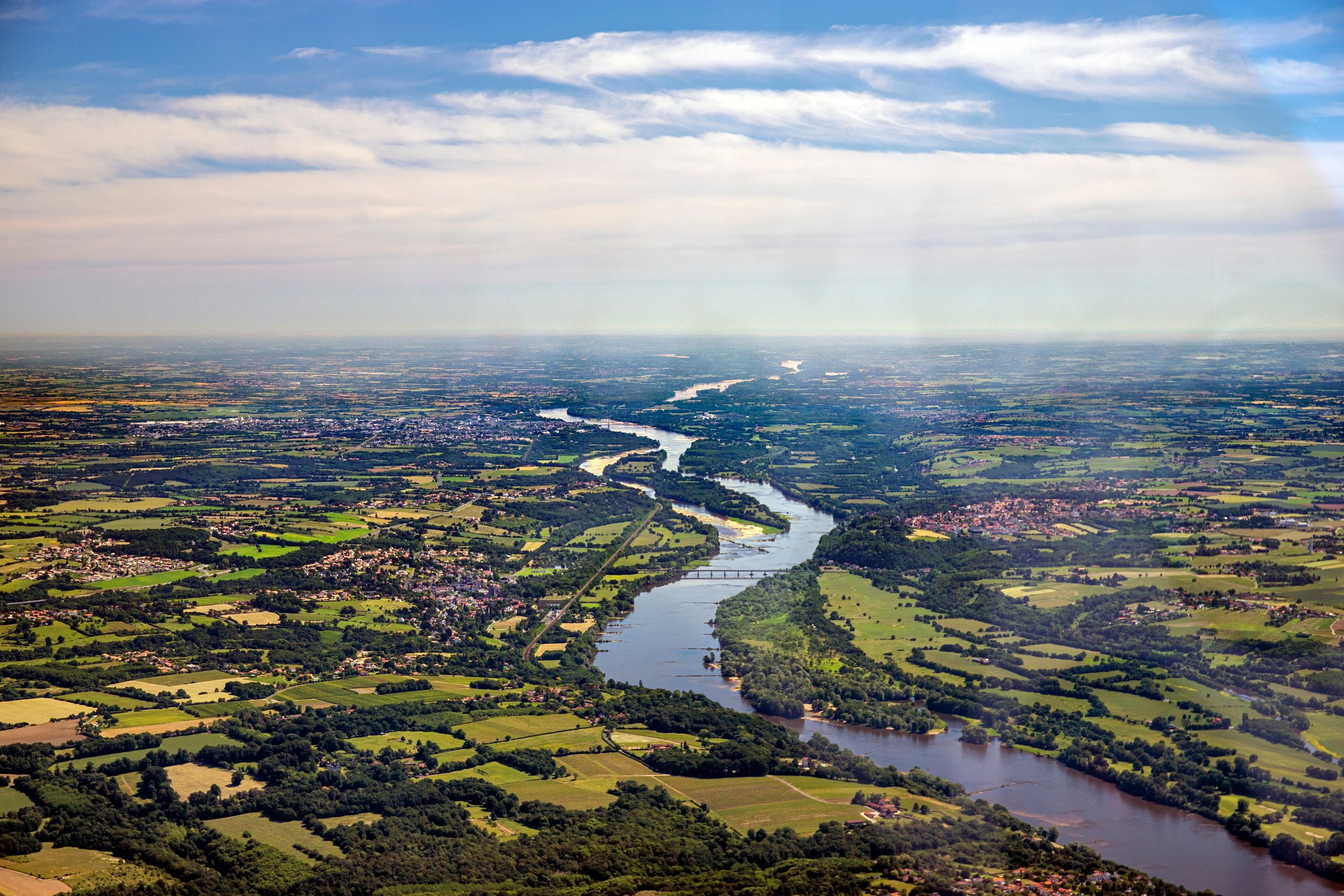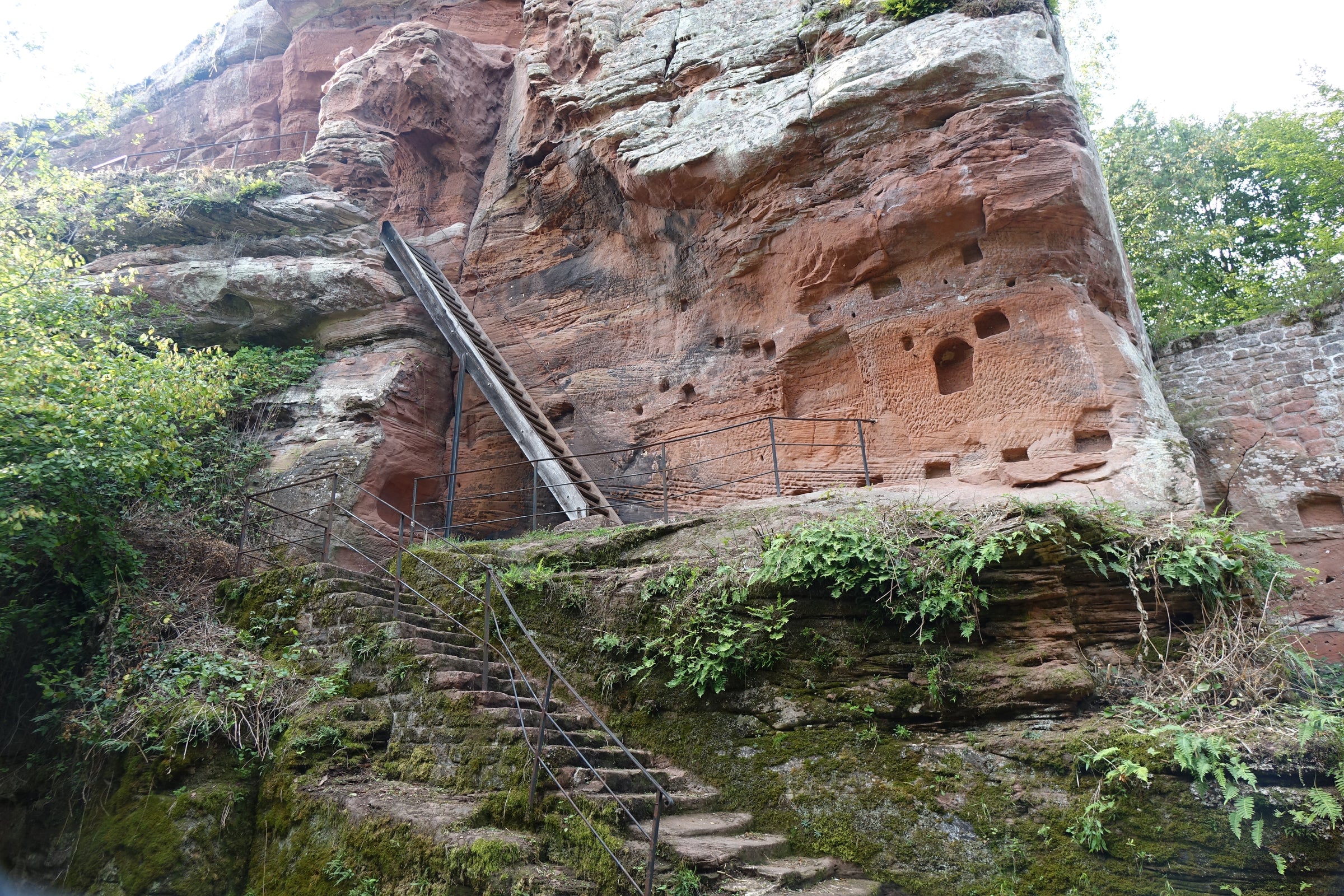We offered one of Pascal Granger’s exquisite and ridiculously under-priced Cru Beaujolais reds a few months ago and SommSelect’s subscribership went wild. It’s not surprising: Granger hand-crafts what I consider some of the most highbrow and complex wines in the ancient villages of Fleurie, Moulin-à-Vent, and today’s focus, Juliénas.
Sommeliers and collectors clever enough to cellar Granger’s wines upon release know them as exceptional values with dumbfounding aging potential. The best of these limited reds offer a degree of sophistication, detail, and “next level” aromatic depth that puts them in the same quality echelon as my favorite Premier Cru red Burgundies. What really sets them apart, however, is their astoundingly small price tags. At this point, I’m resigned to shelling out twice or three-times as much for a delicious bottle of Gevrey or Volnay. So, encountering comparable perfume and detail in today’s $26 Julienas is a delight that both discerning collectors and “deal hunters” will appreciate. This is a limited pre-arrival offer and we must restrict purchases to 12 bottles per customer. Wines will ship from the SommSelect warehouse the week of May 13.
We frequently regale you with tales of well-aged Bordeaux and Barolo on this site. For those who have never experienced what southern Burgundy’s Beaujolais region is truly capable of, today’s offer is a revelation. There are very few examples of more “serious,” built-to-age reds from this area, and fewer still that make it into the US market. Still, a short list of elite producers has a long history of crafting longer-macerated, barrel-aged reds that demand further aging before they properly express their true greatness and inimitable Burgundian terroir. I’m talking about icons like Jean Foillard; Alain Coudert of Clos de la Roilette; and the wizard behind today’s impressively complex beauty, Pascal Granger. For the equivalent quality, maturity and site-specific terroir in the nearby Côte de Beaune or Northern Rhône, you’d easily spend two to three times this wine’s extremely modest price. But today, $26 gets you a single-vineyard gem from one of the region’s most talented vignerons.
Pascal Granger’s farmstead and vineyards are located in and around the hamlet of Les Poupets in the village of Juliénas. The Granger family has farmed these same vineyards for going on three centuries, dating back to the Napoleonic era, with parcels continually being passed down across multiple generations of Granger fathers and sons. The bottle we are offering today hails from one of the regions only clos (walled vineyard). The “Clos des Poulettes” is an ancient site that has been farmed by the same family’s hands for multiple generations. A hillside exposure and a combination of clay, gravel, and decomposed granite soils create a terroir dream scenario. Fruit is hand-harvested before approximately 30% is left to ferment in whole clusters while the remainder is destemmed. Fermentation at Granger occurs in cement vats and can extend upwards of 3 weeks. Compared to other nearby estates, this is an eternity, and a significant contributing factor to the robustness, depth, and impressive structure of today’s wine. Following fermentation, the wine was racked into neutral oak demi-muids and foudre (both larger vessels) for six months of aging, before an additional period of bottle aging before release.
I want to underscore one point: While this wine is deeply satisfying today, you simply must purchase extra for your cellar. Especially in the fantastic 2014 vintage, this bottle is a terroir time-bomb. Please summon the discipline to lock a box of these bottles in your storage unit or cellar for another 4-7 years; you will be thrilled when they reemerge layered, intoxicatingly complex, and possessing a depth of character and refined Burgundian terroir expression that rivals far-more-expensive wines. I’ve enjoyed a fair amount of Pascal Granger’s reds from 2008, 2010 and 2011 over the last year, and, even with just a few extra years in bottle, they always blossom into stunning wines. I’m getting thirsty just writing this! At any rate, for those of you who share my struggle with patience and self-restraint, don’t let the above rant dissuade you from pulling the cork on a few bottles in the meantime. Today, the 2014 “Clos des Poulettes” is an explosion of plump red fruit, chewy bramble berries, gravelly minerality, and a hint of blue flowers. Even in its current adolescent state, this is an undeniably serious wine that deserves a meal fit for a French king. I won’t lie, though. I emptied my most recent bottle with the humblest of American classics, chicken pot pie (and a few thick slices of aged Vermont cheddar cheese after dinner). Talk about a match made in weeknight dining heaven!


